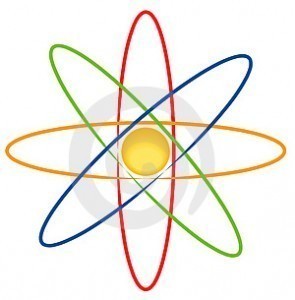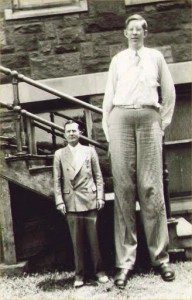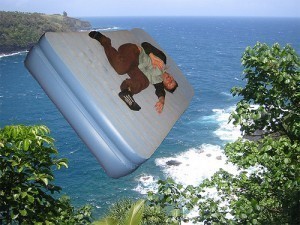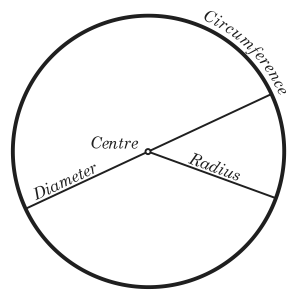What is the Size of An Electron?
Introduction to Electrons
An electron is part of an atom. An atom is the basic building block of elements in the periodic table. Each element is unique due to its atomic structure. No matter what element it is, an atom always has electrons, neutrons and protons in it.
part of an atom. An atom is the basic building block of elements in the periodic table. Each element is unique due to its atomic structure. No matter what element it is, an atom always has electrons, neutrons and protons in it.
Electrons, Neutrons and Protons
Electrons, neutrons and protons are too small in size to be seen by the naked eye. These are electrically charged particles with electrons having a negative charge, protons a positive charge and neutrons a neutral charge.
Seen in a diagram, the protons and neutrons are in the center or nucleus of an atom. The electrons spin around them.
Formula of the Size of an Electron
Just what is the size of an electron? The standard formula for giving an electron’s size is known as
em2 / mc2
where e is the electron’s charge, m is mass and c is the speed of light.
Given in number figures, this amounts to 2.81777×10-13 cm or rounded off as: 2.82 x 10-13 cm.
A book entitled “The Enigmatic Electron” by Malcolm McGregor gives a detailed study of the electron’s size and structure. He gives different sizes depending on various computations. For example a point-like charge radius is given as <1 x 10-16cm.
What is the Mass of an Electron?
An electron’s mass is theorized to be at 9.10938215(45)×10−31 kg. It is about 1,840 times lighter than a proton. Electrons are much, much smaller than whole atoms. A single electron is a thousand times tinier than the atom it is a part of. Like quarks, the electron is a true basic building block of nature. It is not composed of any smaller sub-particles. This is called a “lepton.”
Anti Electrons
Electrons have oppositely charged counterparts known as “positrons.” A positron has the same mass as an electron but it has a positive charge. When an electron and positron meet, the result is known as an electron-positron annihilation. The two particles change into gamma ray photons or other particles.
Point Particles and the Electron
Perhaps the hardest thing to understand about electrons is that they are classified as “point particles.” A point particle is supposed to be non-spatial, meaning it takes up no space like three-dimensional objects do. Yet despite this, an electron possesses mass, spin and an electric charge.
Free Electrons and Free Radicals
Electrons that are part of an atom stay within the atom’s sphere. When an electron wanders in space by itself, it is called a “free electron.” Free electrons make electric currents so they are very useful.
Free radicals on the other hand, are molecules and atoms that are missing at least one electron. To fix this imbalance, the free radical will try to latch on to other particles to snatch up their electrons. It is believed to cause harm to the human body due to its disruption of cell functions.





